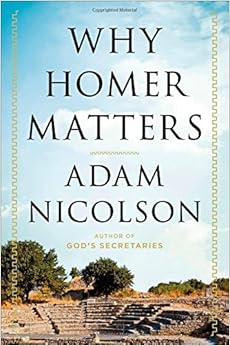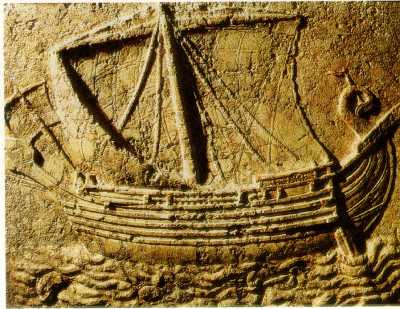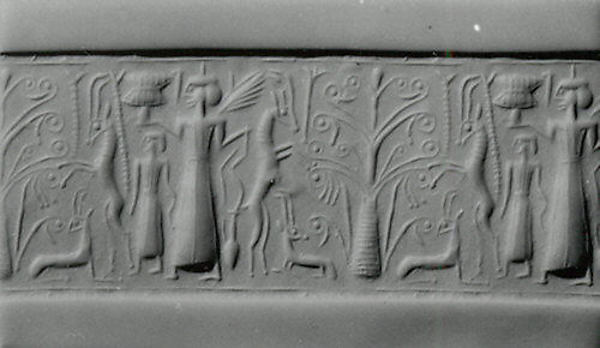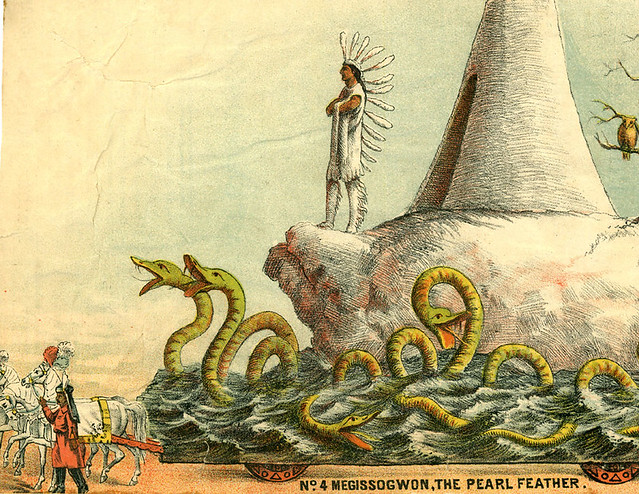on British telly season 3 of Last Tango In Halifax begins Sunday. It shall surely arrive here on PBS sometime soon after.
As the temps are supposed to stay around freezing here for a few days at least, and the weather's supposed to turn nasty after New Year's, about noon I took out the cart for a grocery shopping marathon that started at Gourmet Garage, truundled east to Whole Foods, went across Houston and turned back west to Morton Williams, then beyond to Raffettos Est. 1906!, the Porto [sic] Rico for the Finest Coffee and Teas Since 1907 [their coffee and tea may be best, but their spelling isn't ...],
then back east again to SoHo Wines & Spirits. The cart was entirely filled by the time I buzzed for el V to come down and help me hump the stuffs up to the shelves and fridge.
Lots of salad materials, as the lettuces, kale, etc. actually looked good today. Alas for fresh produce though -- the vegetables that were good, like the sweet peppers and eggplant -- the eggplant! it was beautiful! -- are on el V's restricted list of foods. Butternut squash, I got -- to make into a soup or just bake, don't know. There were no brussels sprouts. The cauliflower was $6.99 a head, so no. Got some broccoli, mushrooms, zucchini, pears and apples, and organic dried apricots. Lots of cheeses and olives stored yet in the fridge, so need for those.
No champagne for fizzy stuff is terrible for el V's condition, so some bottles of Frascati, that light, fresh tasting wine from the Latium / Lazio region in which is located Rome, on the western side of Italy, that's not as high in alcohol content as generally They are making wines (and beers ) have now.
 |
| This is the year and logo of the bottles I got. |
But this fall the Soho Wine guys (Italians all) ended up with a few cases as part of some larger purchase from one of their Italian wine distributors, who is pushing Frascati as part of a deal with its vintners.
The day I saw the Frascati on the shelves of the Italian wines section, I grabbed one, to try it, and as a tribute of sorts to Erica Jong and her fearless, adventurous explorations of everything that promised pleasure, interest and inspiration.
Opened once it was chilled, while starting a pasta dinner, it was equally wonderful to drink after the meal was finished as it was to drink with the food. Best of all, it turns out that, consumed cautiously, el V's GERD can tolerate drinking 2 - 3 glasses without ill effect.
It's also very inexpensive -- $7.99 a bottle, plus the hefty state liquor tax. Of course, these days, quite a few Italian products have gotten a lot less expensive here, as Italy's economy is still in the sewer and showing no signs of climbing out.
So far, the Wine guys say, I'm the only one who has been buying the Frascati, so it's certainly not fashionable. Which is terrific for me, except if I'm the only one buying it, then the Wine guys won't be ordering it. But if if this wine does get fashionable again, it would be too expensive for my budget.
Just noticing, now, how I went off at the keyboard, I realize that one of the dimensions of my ongoing wine delight is that wines are tightly twined with history, history of place, history of trade -- and geography.
P.S. So many books have entered our apartment since the week before Christmas and two more arrived yet today! BooksBooksBooks! As our reading has been so project-focused latterly, which meant perusing documents as opposed to reading, while many great books in history were published this year, our friends evidently wanted to make sure we didn't miss them. Many, many thanks!
P.P.S. One more day to go and I can declare I wasn't sick a single day of the holiday season. :)
-----------------
* If I'm recalling correctly -- it's been at least 10 years since I watched La Dolce Vita -- Frascati wine bottles are seen in that film from 1960?




















.JPG)



















.jpg)







